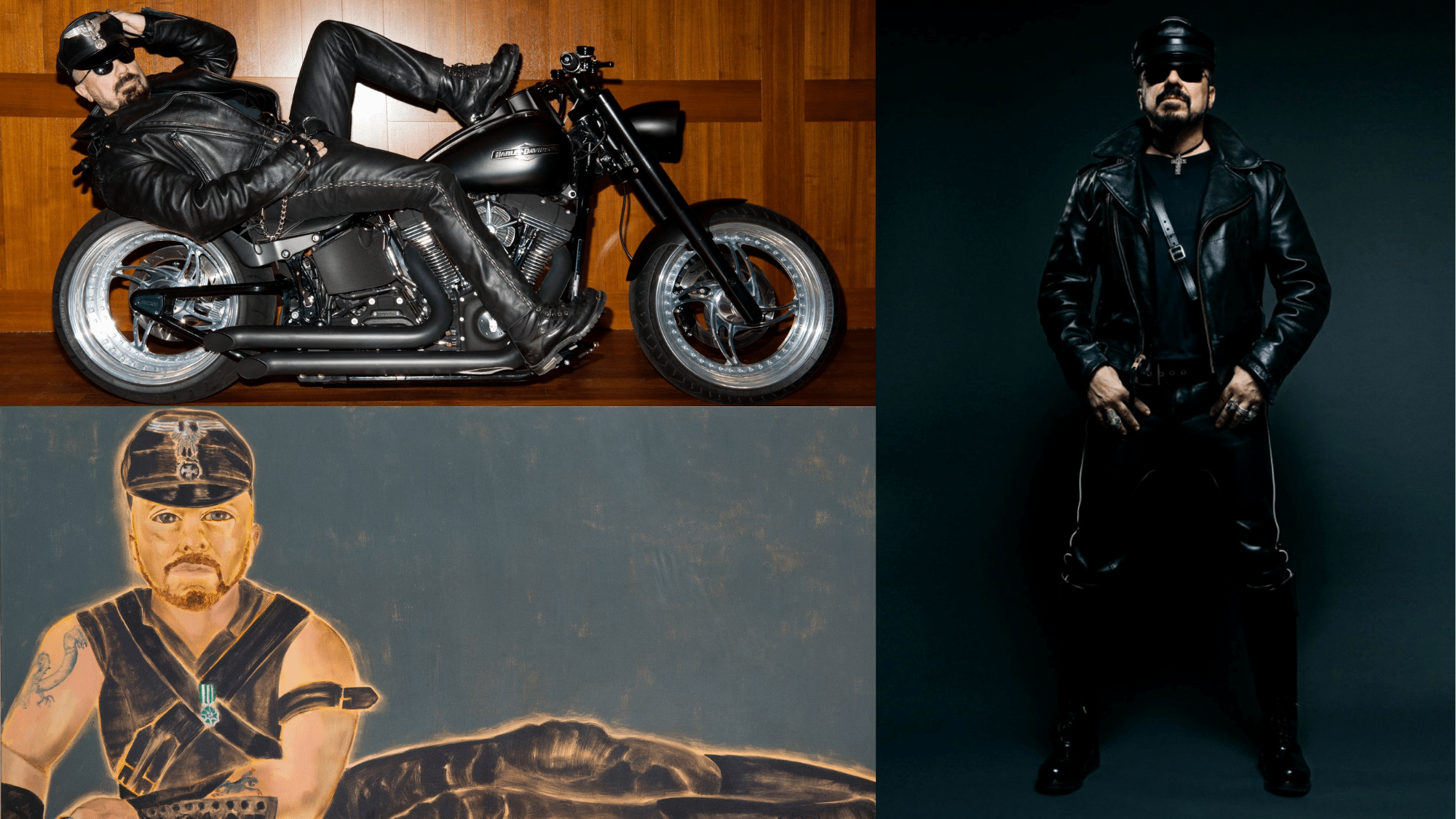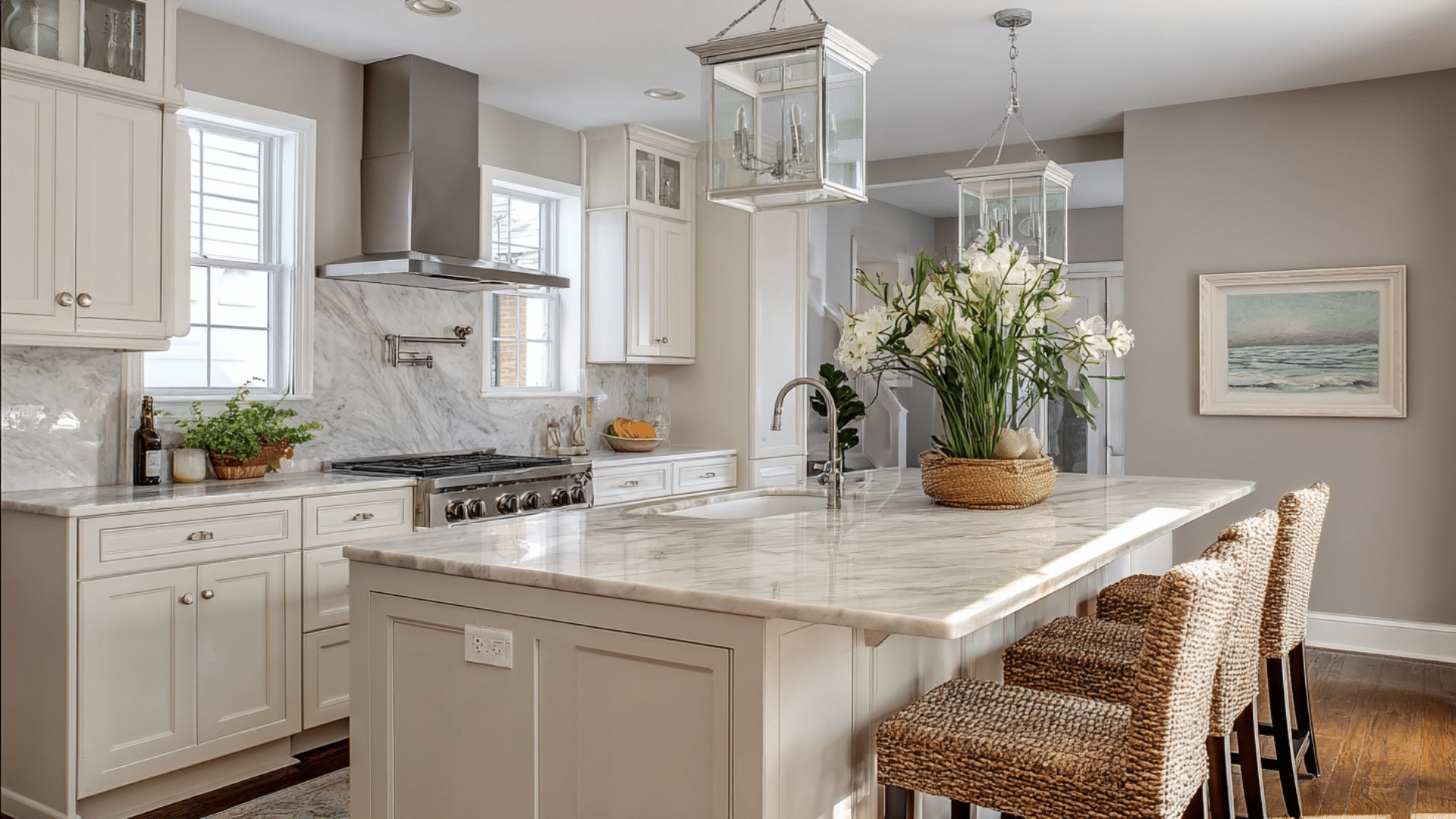When it comes to high-end architecture and design, few names command as much respect as the Architect Peter Marino.
Over the decades, Marino has shaped some of the world’s most iconic spaces by blending art, fashion, and architecture into memorable experiences.
His portfolio includes flagship boutiques for Chanel, Dior, and Louis Vuitton, as well as private residences and luxury hotels that redefine modern touch.
Each project stands as a statement of culture, craftsmanship, and innovation.
From Queens to Cornell
Peter Marino’s story begins in the working-class neighborhoods of Queens, New York. Born in 1949, he grew up far from the glamorous world he’d later dominate.
After high school, Marino made his way to Cornell University’s prestigious architecture program.
The transition from Queens to Ithaca wasn’t easy. He worked hard to keep up with classmates from wealthier backgrounds.
At Cornell, Marino studied under influential professors who pushed him to think differently about space and design.
He graduated in 1971 with fresh ideas and an unconventional approach.
This foundation at Cornell gave him the technical skills he needed. But his Queens upbringing gave him something equally valuable – grit.
For direct insights into services like custom residential or retail projects, explore ongoing works such as Chanel flagships or private estates, and contact details, visit the official website – Peter Marino Architect.
Global Icons and Landmark Projects by Peter Marino
Peter Marino has created some of the most recognizable luxury spaces worldwide.
His portfolio reads like a map of global fashion capitals, with each project pushing the boundaries of what retail design can achieve.
1. Chanel Flagship Store, Tokyo
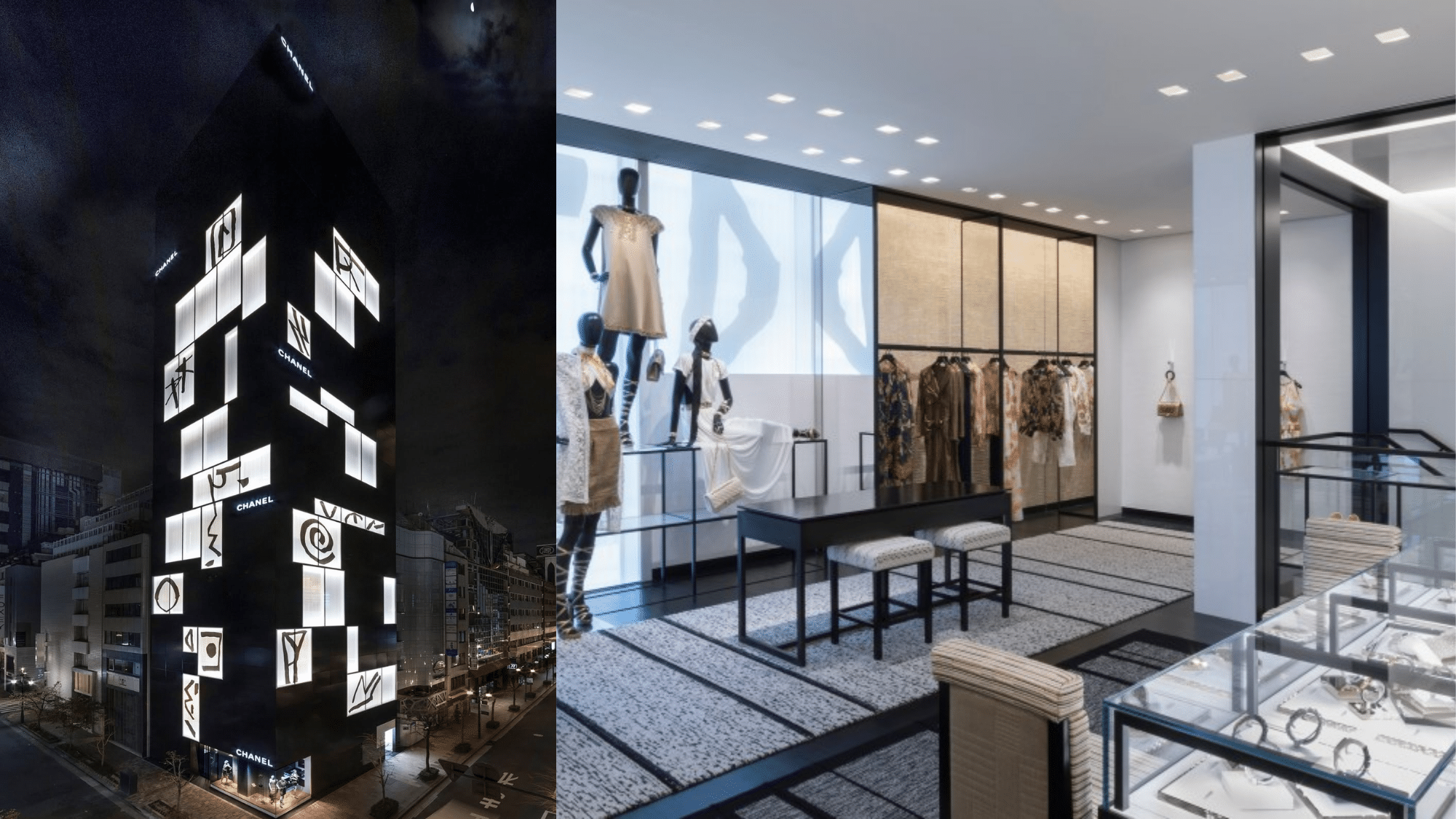
This flabbergasting glass tower in Ginza showcases Marino’s mastery of light and transparency. The building’s LED facade changes throughout the day, creating a living piece of art.
Inside, curved walls and crystal installations create an otherworldly shopping experience that feels more like entering a jewelry box.
Key Features:
- 10-story glass structure with an LED lighting system
- Custom crystal chandeliers throughout each floor
- Curved interior walls that flow like fabric
Unique Trait: The building’s exterior acts as a giant screen, displaying Chanel’s iconic imagery to the busy streets below.
2. Louis Vuitton Maison, Seoul
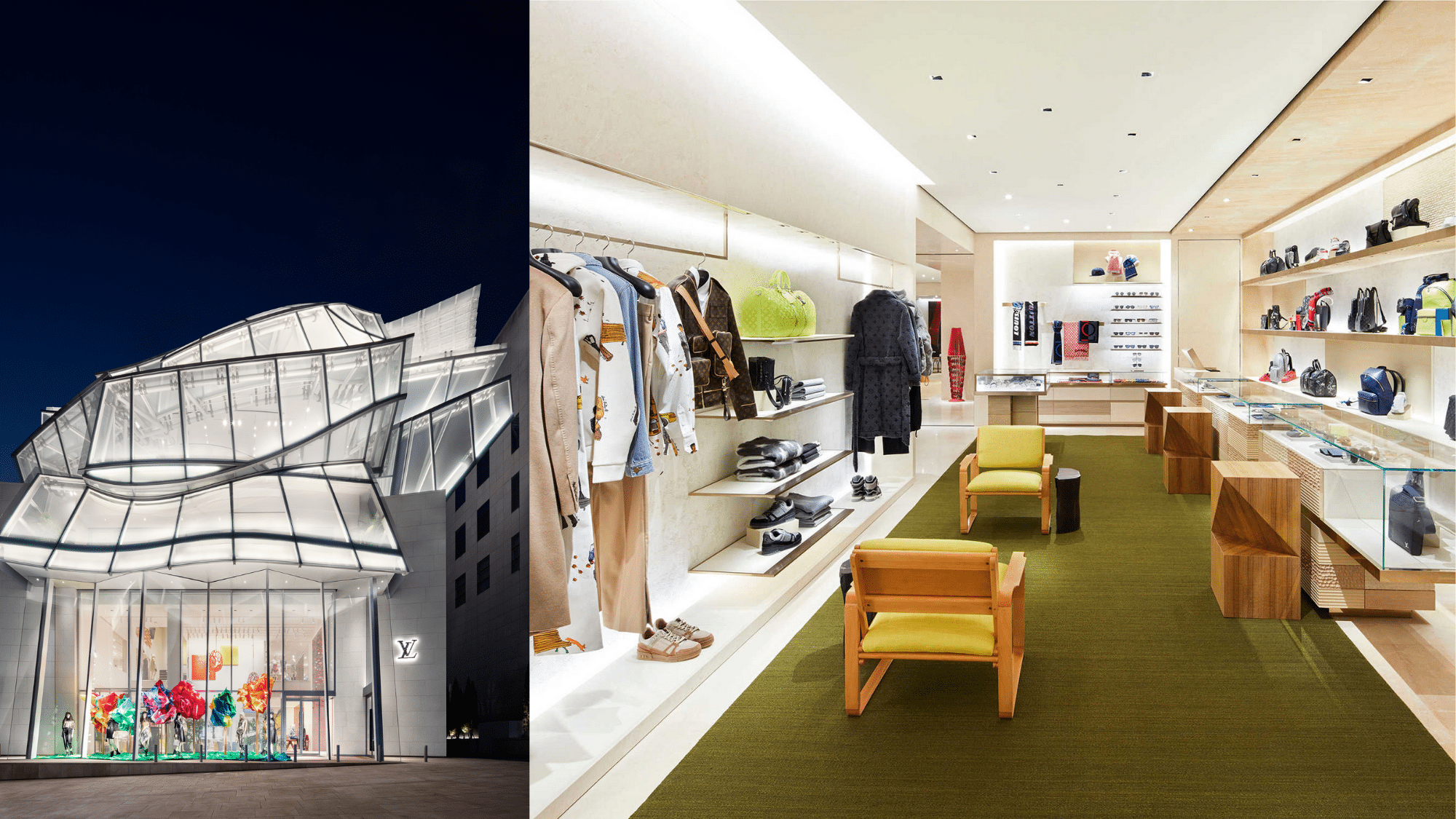
Located in the prestigious Gangnam district, this store redefines luxury retail in Asia. Marino incorporated traditional Korean architectural elements, giving them a modern twist.
The result is a space that honors local culture while maintaining Louis Vuitton’s French heritage.
Key Features:
- Traditional Korean roof design with contemporary materials
- Hand-crafted bronze details throughout the interior
- Multi-level layout with flowing staircases
Unique Trait: The store incorporates Korean hanok architecture principles, making it feel both local and luxurious.
3. Bulgari Hotel, London
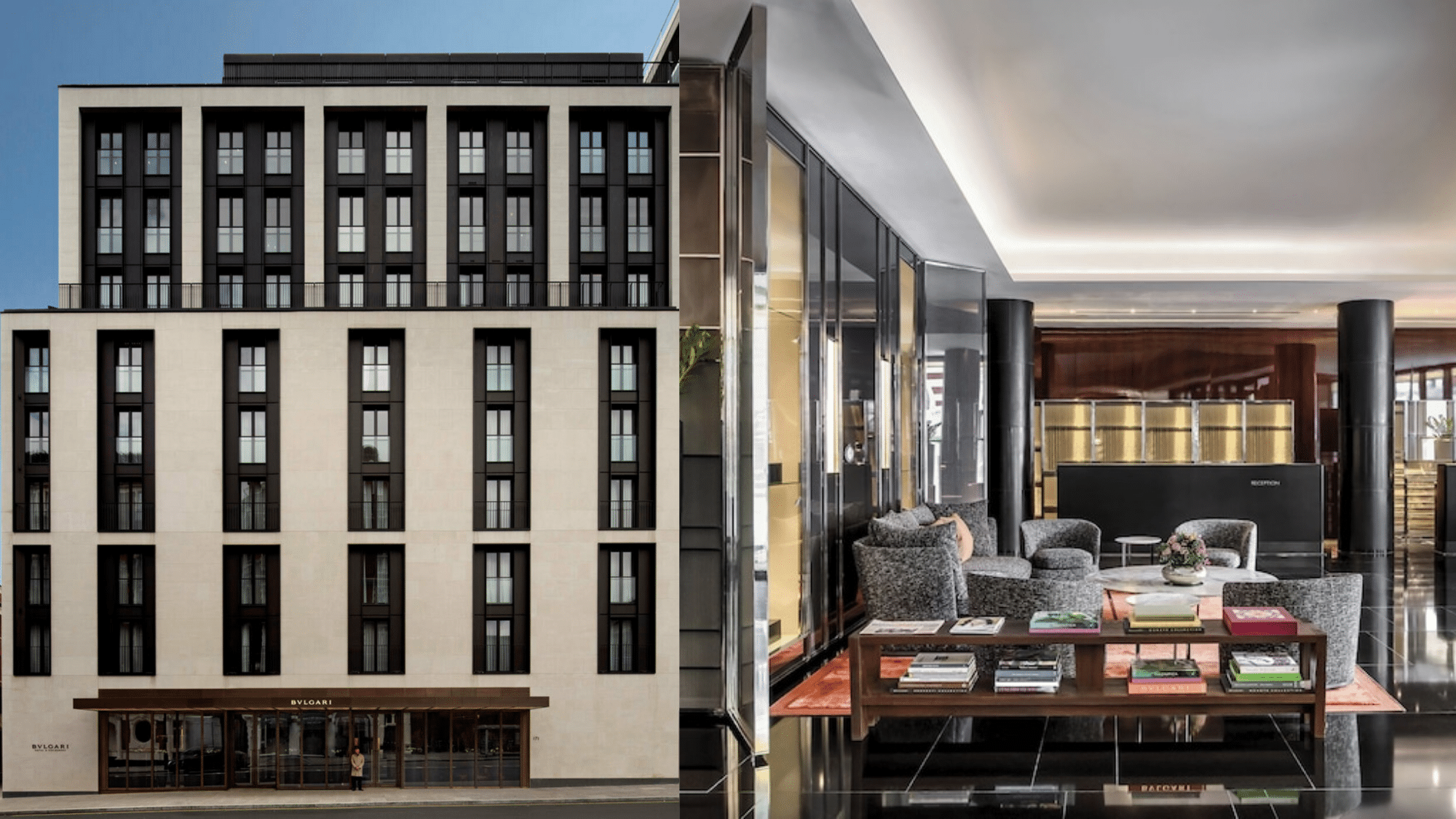
This project shows Marino’s ability to work beyond retail spaces. The hotel combines Italian class with British style. Rich materials, such as marble and leather, create intimate spaces that feel both grand and welcoming.
Key Features:
- Italian marble imported specifically for the project
- Custom leather wall panels in signature Marino style
- Private garden courtyard in the heart of London
Unique Trait: The hotel features a basement spa that feels like an ancient Roman bath, complete with mosaic floors.
4. Dior Flagship Store, New York
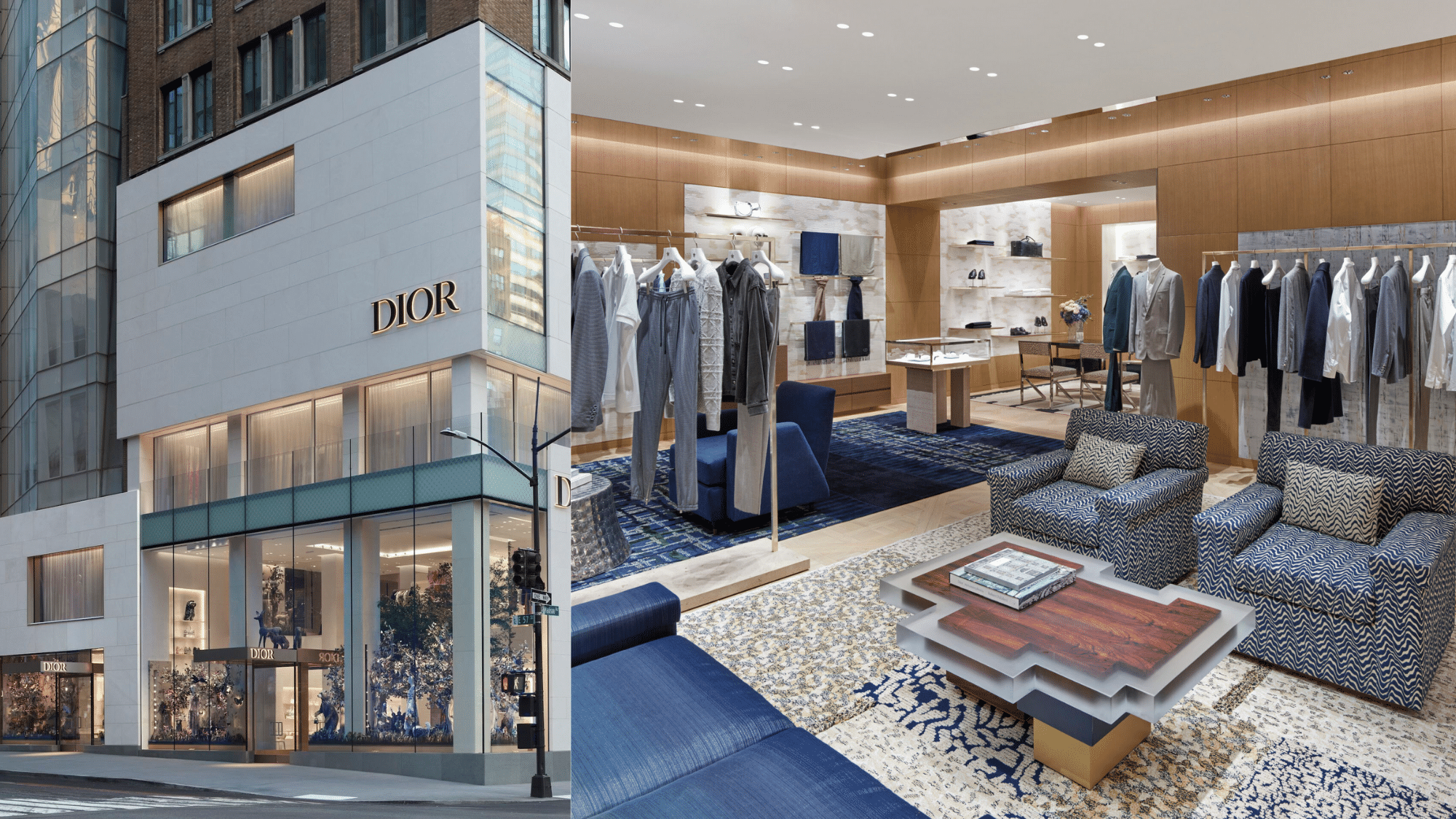
Located on 57th Street, this store showcases Marino’s theatrical approach to retail design. The space feels like walking through a series of stylish rooms in a French mansion.
Each floor tells a different story through carefully curated materials and lighting.
Key Features:
- French limestone facade with hand-carved details
- Custom furniture pieces designed specifically for the space
- Dramatic staircases with bronze railings
Unique Trait: The store features rotating art installations, blurring the line between retail and gallery space.
5. Chanel Boutique, Paris Rue Cambon
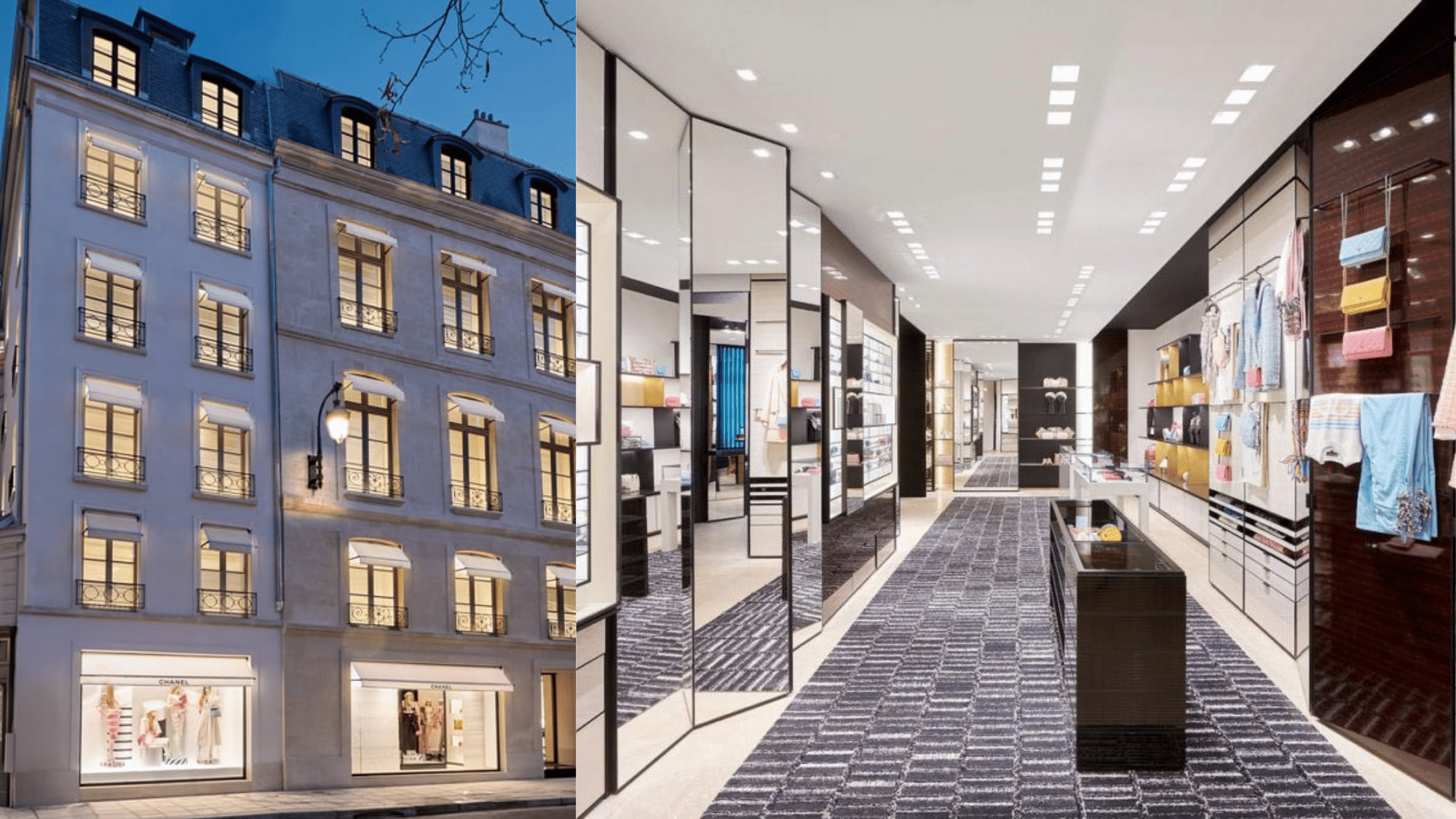
This renovation of Chanel’s historic headquarters required extreme sensitivity to the brand’s heritage.
Marino maintained the intimate scale while updating the space for modern retail needs. The result honors Coco Chanel’s original vision while meeting today’s standards of luxury.
Key Features:
- Preserved original mirrored staircase from 1910
- Updated lighting that enhances vintage fixtures
- Careful integration of modern security and climate systems
Unique Trait: The famous mirrored staircase where Coco Chanel watched her fashion shows remains untouched, serving as the store’s centerpiece.
Peter Marino’s Design Philosophy
Peter Marino’s design philosophy centers on one core belief: luxury should tell a story.
He doesn’t just create beautiful spaces – he crafts experiences that connect with people on an emotional level.
Marino treats each project like a work of art. He carefully selects materials, lighting, and furniture to create a specific mood. His signature use of leather, bronze, and unexpected textures comes from his belief that luxury should engage all the senses.
What sets him apart is his refusal to follow trends. Instead, he creates limitless spaces that feel both contemporary and classic.
Marino often says that good design should evoke a feeling in people, rather than just appearing impressive.
His approach involves extensive research into each brand’s history and values. This deep understanding allows him to create spaces that feel real rather than generic.
Crowning Achievements and Awards that Define a Legacy
The brilliance of Peter Marino has been recognized worldwide with prestigious awards that celebrate his innovative approach to luxury design.
From industry honors to cultural accolades, each award reflects his influence on architecture, fashion, and art.
| Award/Recognition | Year | Details |
|---|---|---|
| AIA Gold Medal Nominee | 2019 | Recognized for outstanding contribution to architecture |
| Chevalier des Arts et des Lettres | 2010 | French government honors for cultural contributions |
| ICSC Design Award | Multiple Years | International recognition for retail design excellence |
| Interior Design Hall of Fame | 2012 | Lifetime achievement in interior design |
| James Beard Award for Restaurant Design | 2008 | Excellence in hospitality space design |
| Time Magazine Best Design | 2015 | Featured for innovative luxury retail concepts |
| Wallpaper Design Award | 2011 | Recognition for the best retail interior |
| AD100 Architect | Annual | Consistently listed among the top global designers |
| French Legion of Honor | 2018 | The highest decoration for contributions to French culture |
The Legacy of Peter Marino in Luxury Design
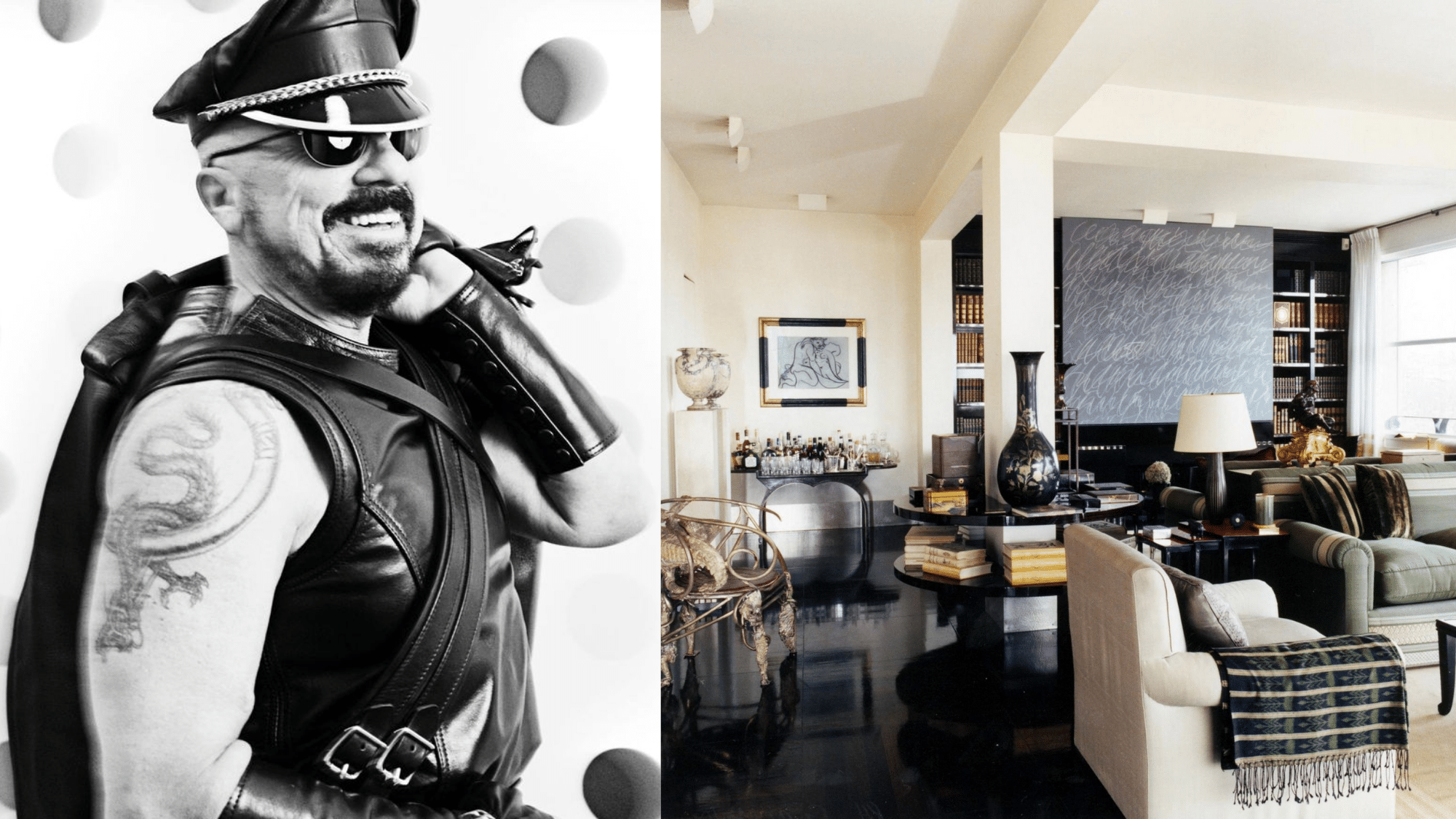
Peter Marino has left an indelible mark on luxury design that goes far beyond individual projects.
His work has fundamentally changed how we think about high-end retail spaces and luxury environments.
Marino’s legacy lies in his ability to blend art with commerce. He doesn’t just design stores – he creates experiences that make people want to spend time and money.
His spaces feel more like galleries than traditional retail environments.
The impact extends to other designers as well. Many architects now study his approach to mixing textures, lighting, and materials. His bold use of leather and unexpected art pieces has become a blueprint for luxury design.
But perhaps his greatest legacy is proving that luxury doesn’t have to be predictable.
Marino showed that high-end clients actually crave something different, something that challenges their expectations while still delivering style.

